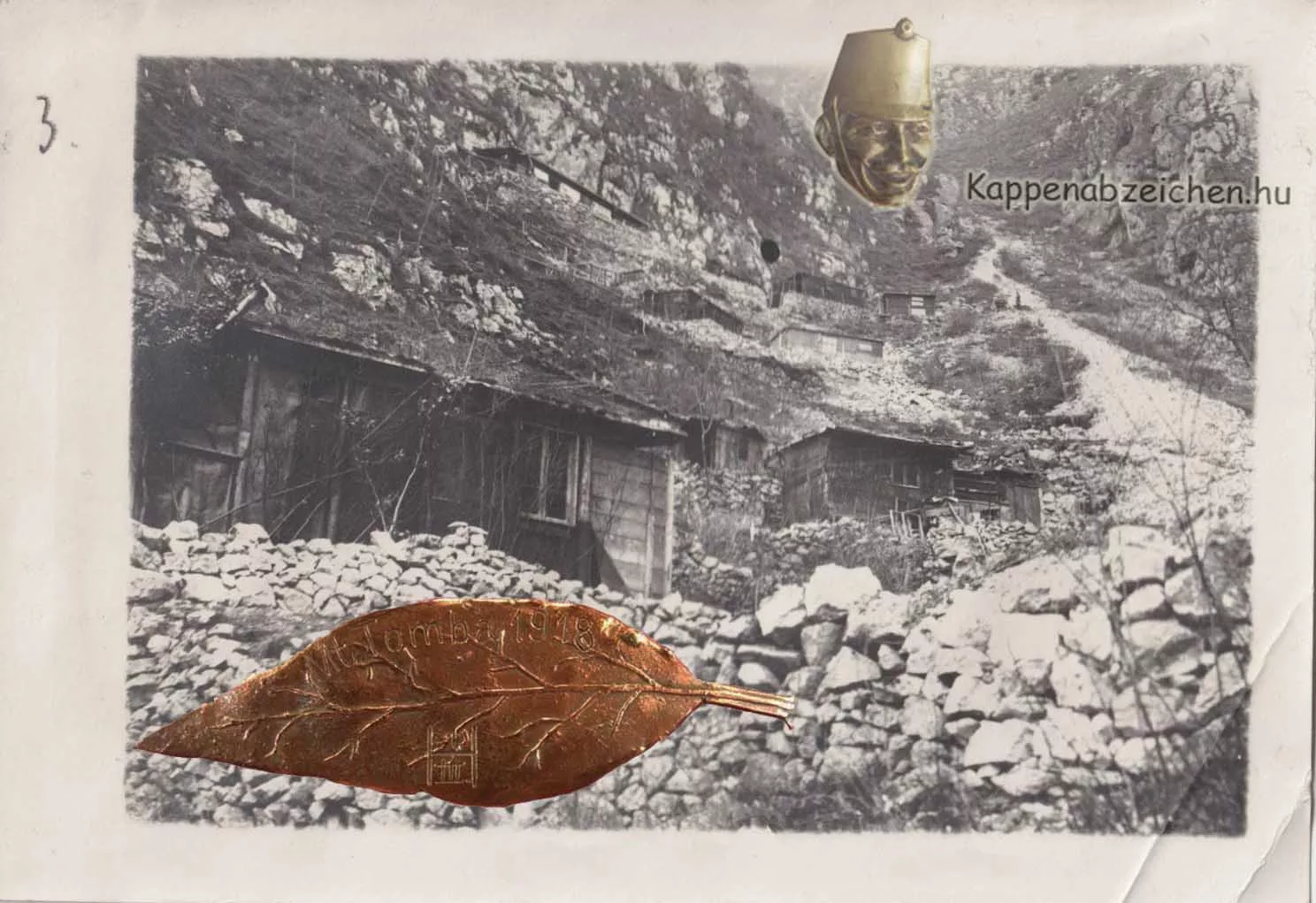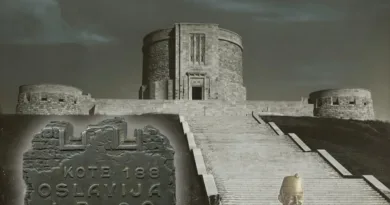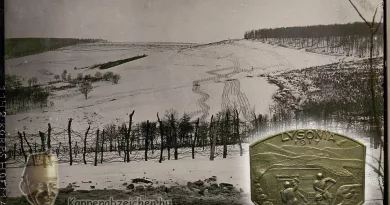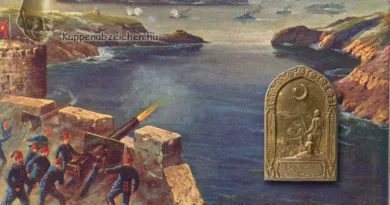Mt Tomba, HIR 1
From February 1918, the 20th Honvéd Infantry Division was stationed in the upper reaches of the Piave River around Mt Tomba. The Piave and the valley of the streams flowing from the west surrounded Mt Tomba from the north and east. Tomba fell into French hands in early 1918. When the 20th Division arrived there, it was already firmly in their hands. The attack to retake it failed.

In the first half of 1918, until the Piave Offensive in June, there was trench warfare in the area. French artillery from the mountain effectively shelled the roads along the Piave to the north. The necessary supplies could only be delivered to the front line at night, and even then with heavy losses. Local attack operations also took place at night. The division command promised a reward of 50 Korona and two weeks’ leave to those who captured a French prisoner. This happened a few times.

During the Piave Offensive, the Monarchy’s forces also launched an attack on this front section, but the momentum did not last long. The infantry attack began at 6 a.m. on June 15. The 1st Honvéd Infantry Regiment attacked the French positions on Mt Tomba. By noon, the enemy’s advanced positions had been occupied. Due to the failure of the neighboring divisions and the intactness of the French main position opposite, the attack was stopped the next day, and the soldiers were ordered back to their starting positions.
There was further fighting in the area until October. The positions were evacuated on October 28, and a general retreat followed on October 30. The troops of the 20th Division avoided being taken prisoner.
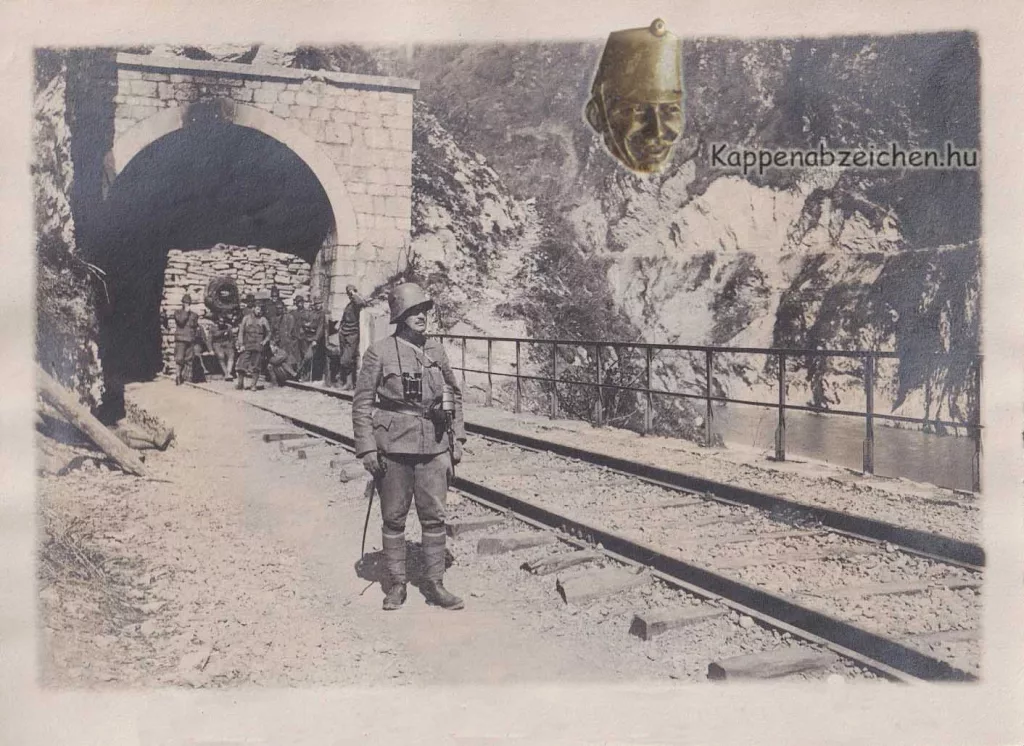
The badge matching the post commemorates the fighting of the 3rd battalion of the 1st Honvéd Infantry Regiment on Tomba. Presumably made on the front, from the copper material of shell casings. It is not a unique trench art work, I have seen several pieces of it. The attached map sketch shows the front line and the settlements in the area. You can also see Feltre, where a field airfield operated. In Santa Maria brigade headquarters was located in the shelter of the mountains. The troops’ accommodation was set up in two railway tunnels next to the settlement. Near the front line, on the side of Mt Tomba, in sheltered spaces, the barracks belonging to the front line were located, which are shown in the opening picture.

